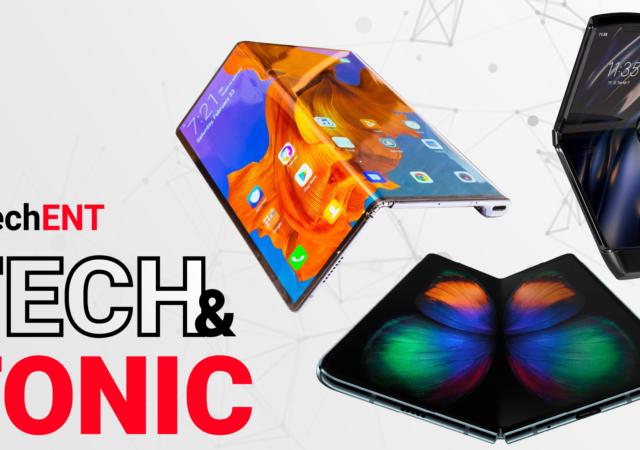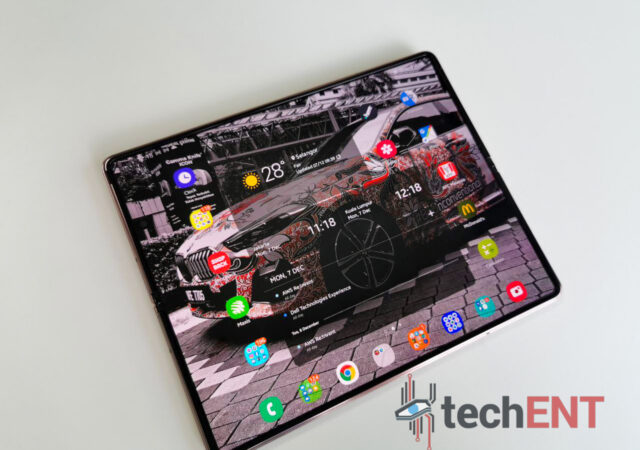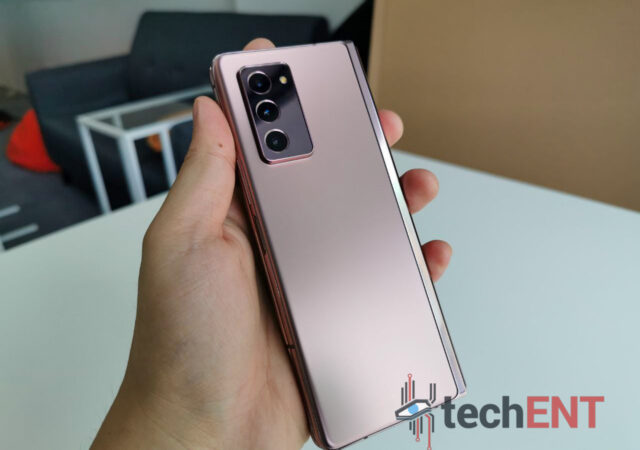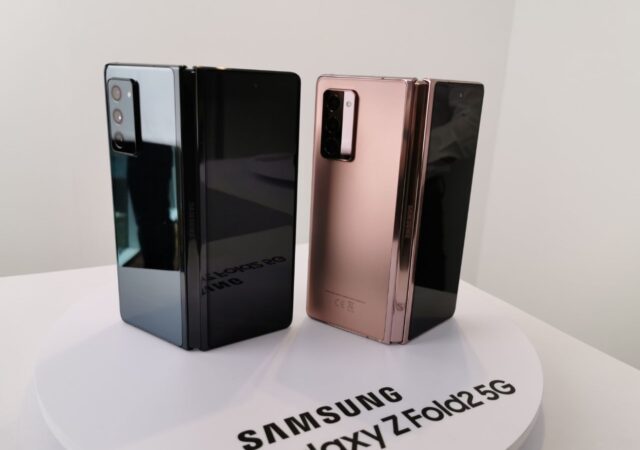Do foldable smartphones and tablets make more sense in 2021? That’s the question we’re talking about on the Tech & Tonic Podcast!
The Samsung Galaxy Z Fold2 In-Depth Review – Unfolding New Possibilities
Welcome to the 2004 Nokia 9110 Communicator. This device harks back to a simpler time where mobile phones did not have coloured displays. The green hued colourless displayed was more related to an 8-bit animation console of the time than…
24 Hours with the Samsung Galaxy Z Fold2
We had a Samsung Galaxy Z Fold2 with us for a while, but what does it feel like out of the box? This is our experience with it in 24 hours.
Tech & Tonic Episode 23 Feat. Jeff Sandhu – The Quietest Moment in Our Studio
In this episode of Tech & Tonic Podcast, we discuss the concept of foldable smartphones with Jeff Sandhu, a fellow techie from 42KL.
The Samsung Galaxy Z Fold2 is Available in Malaysia 25th September 2020 onward for MYR 7,999!
Samsung is launching the Galaxy Z Fold2 in Malaysia early this time. The device will be available 25th September 2020 onward for MYR 7,999.







